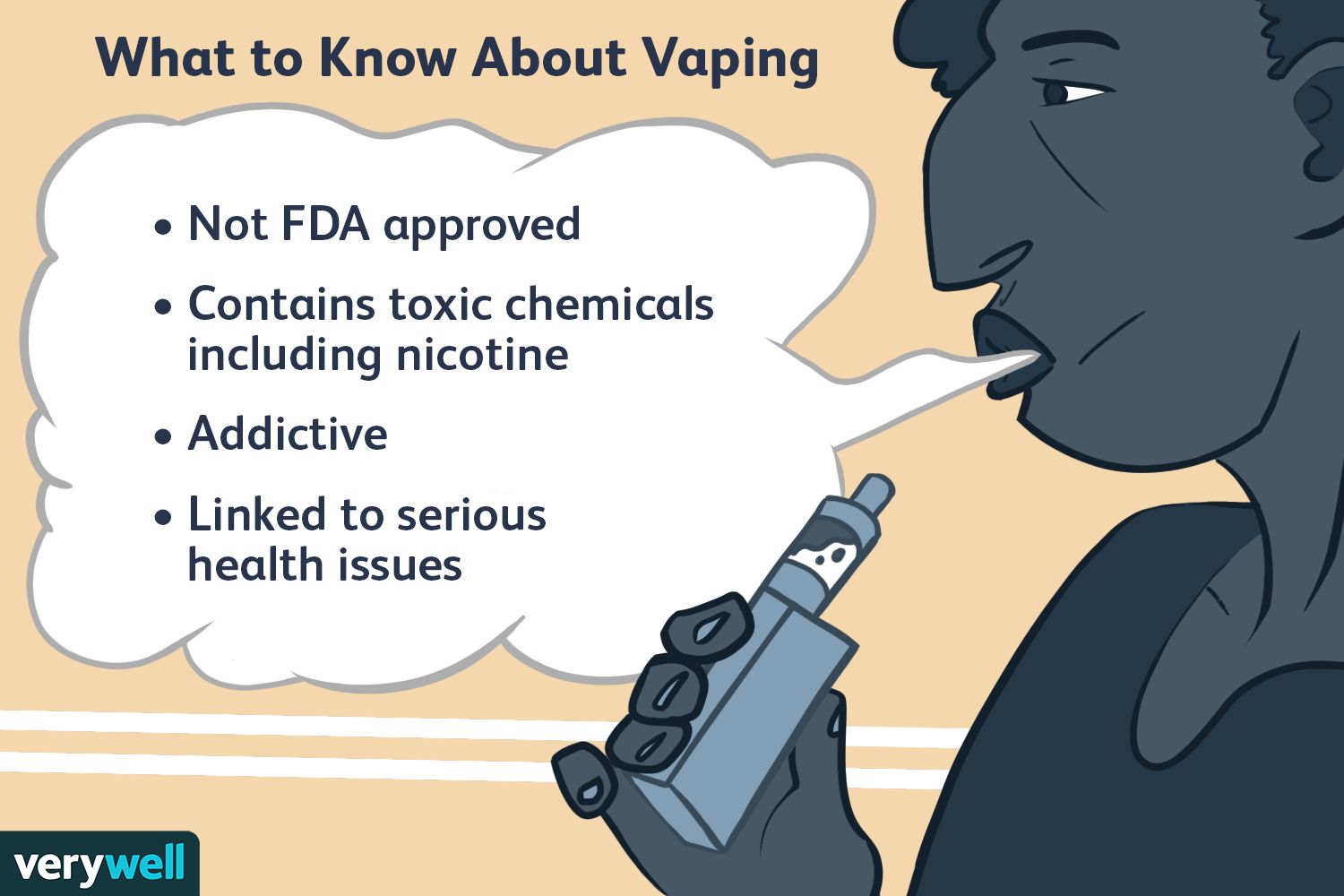The relationship between electronic cigarette (e-cigarette) use and cancer is complex and actively researched. While e-cigarettes eliminate many carcinogens found in combustible tobacco smoke, they are not risk-free and carry a potential, though likely lower, cancer risk compared to traditional cigarettes.
Evidence Regarding Potential Carcinogenic Effects
- Presence of Carcinogens: E-cigarette aerosol contains several substances classified as possible or known carcinogens, though generally at lower levels than cigarette smoke. These include:
- Formaldehyde
- Acetaldehyde
- Acrolein
- Tobacco-specific nitrosamines (TSNAs)
- Metals (e.g., nickel, lead, cadmium) – primarily from the device or coil.
- Source of Carcinogens: These compounds primarily form through the heating of e-liquid components (propylene glycol, glycerin, flavorings) and can be generated at high temperatures (“dry puff” conditions).
- Cell and Animal Studies: Laboratory research indicates that e-cigarette aerosol extracts or condensates can cause DNA damage, mutations, and other cellular changes associated with cancer development in human cells and animal models.
Key Uncertainties and Differences from Tobacco
- Lower Exposure Levels: Exposure levels to specific carcinogens are significantly lower for e-cigarettes than for combustible cigarettes when used normally.
- Long-Term Data Lacking: E-cigarettes are relatively new. The long latency period of cancer means definitive epidemiological evidence linking modern e-cigarette use to cancer in humans is currently insufficient. Studies take decades.
- Flavoring Chemicals: Many flavoring compounds, while safe for ingestion, have unknown health effects when heated, aerosolized, and inhaled deep into the lungs. Some have demonstrated toxicity or carcinogenic potential in laboratory settings.
- Variable Products: The diversity of devices (e.g., power settings, coil types) and e-liquids significantly impacts aerosol composition and potential carcinogen production.
Comparison to Traditional Smoking
It is widely accepted by major public health bodies (e.g., Public Health England, Royal College of Physicians) that while not safe, e-cigarettes pose a substantially reduced risk of cancer compared to continuing to smoke combustible tobacco. Complete cessation of all nicotine/tobacco products remains the safest option.

Conclusion: Current scientific evidence suggests that electronic cigarette use is not risk-free and likely carries some carcinogenic potential, primarily due to the presence of carcinogenic compounds in the aerosol. However, the cancer risk is significantly lower than that associated with smoking traditional cigarettes. Definitive conclusions about long-term cancer risks in humans await more extensive, long-term epidemiological studies.










